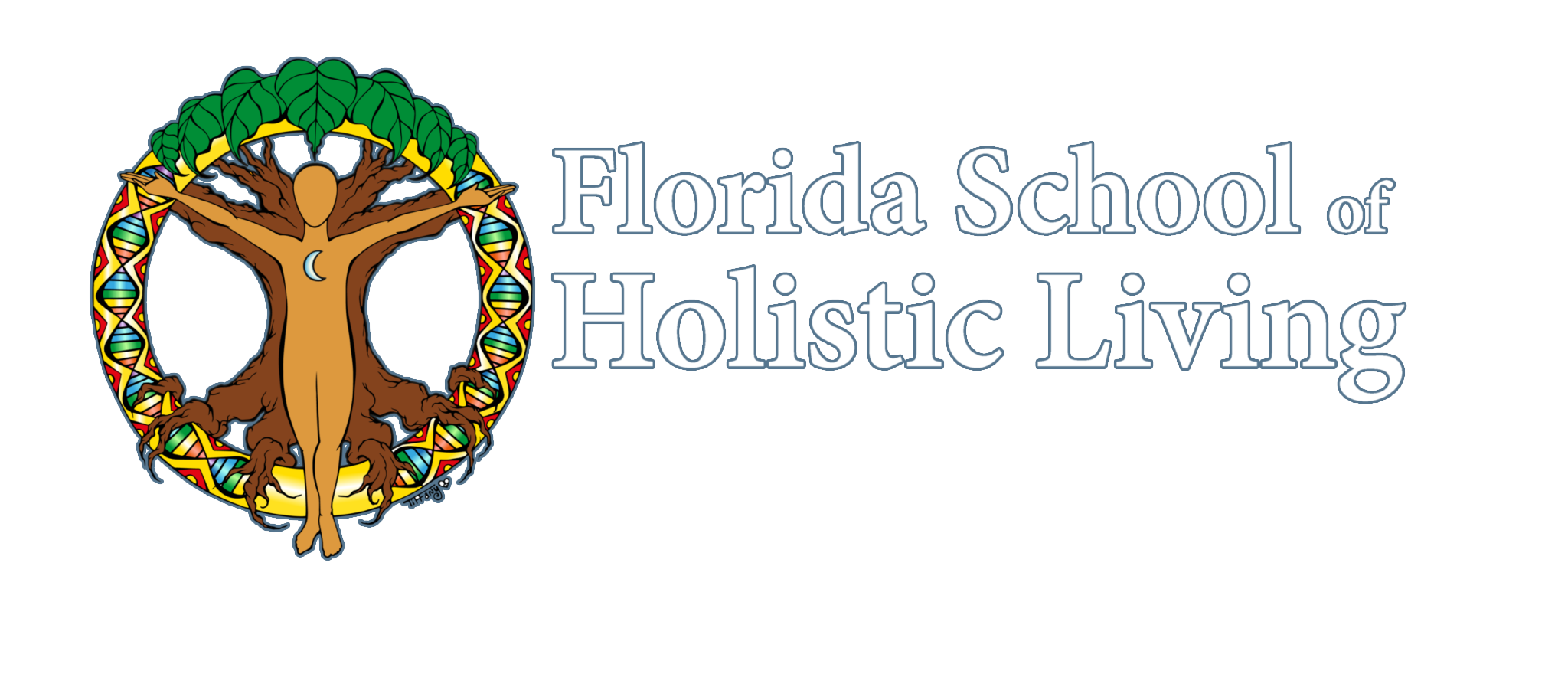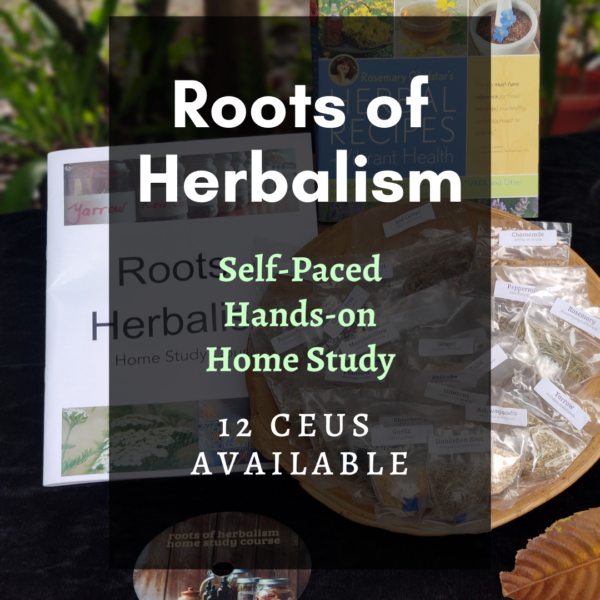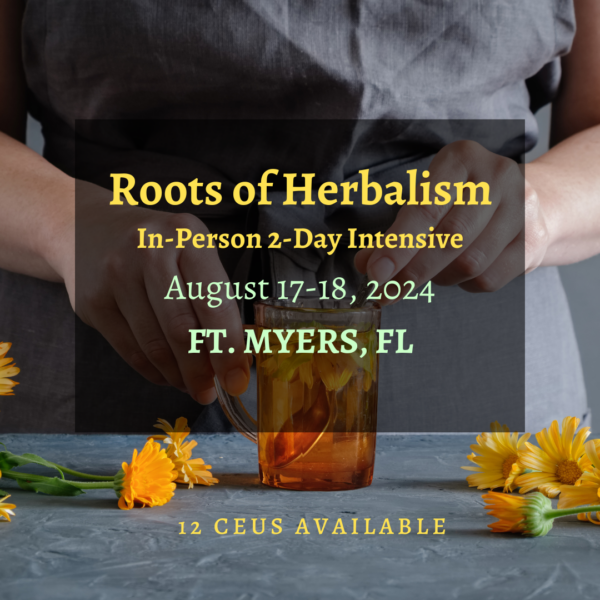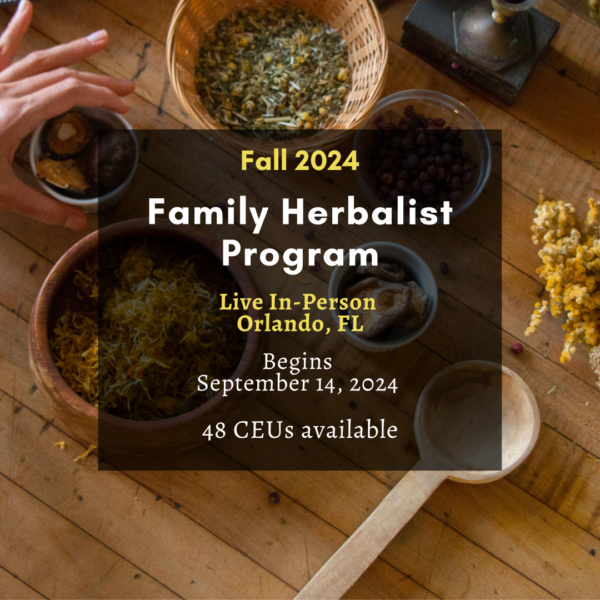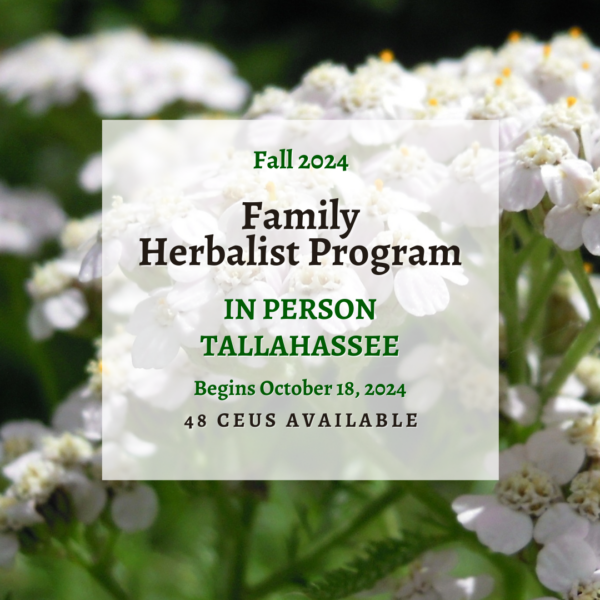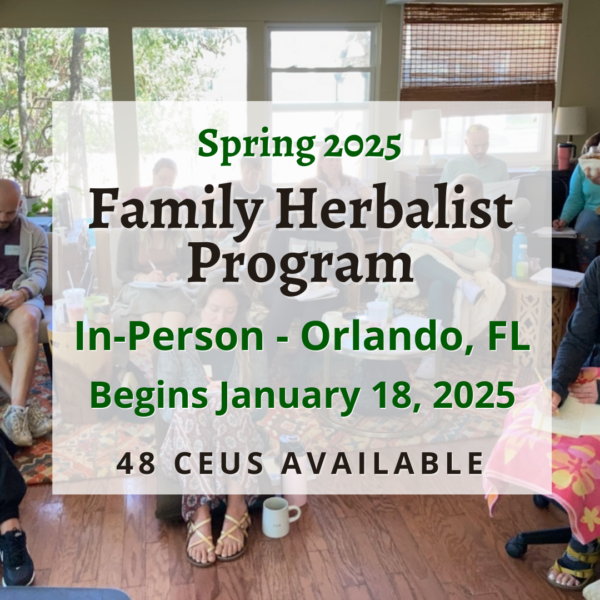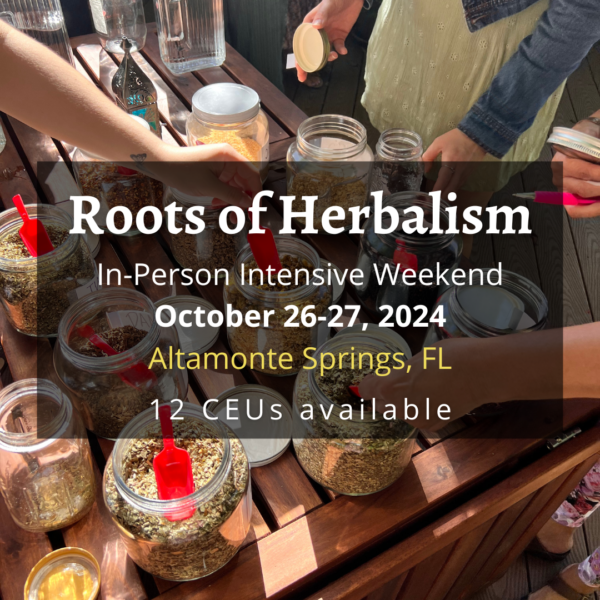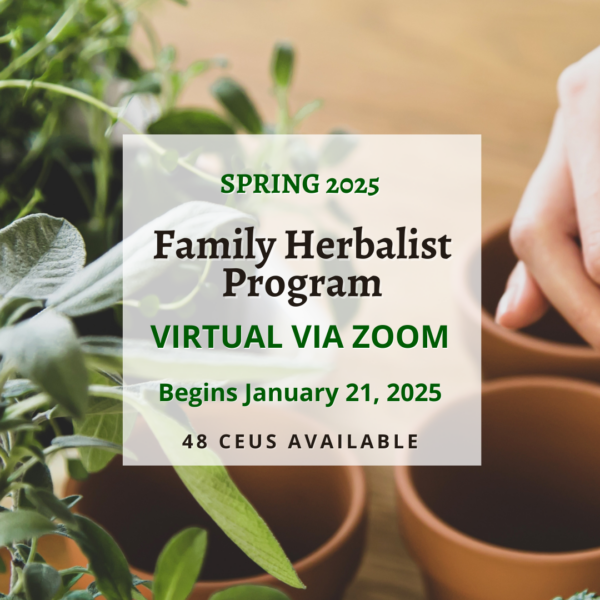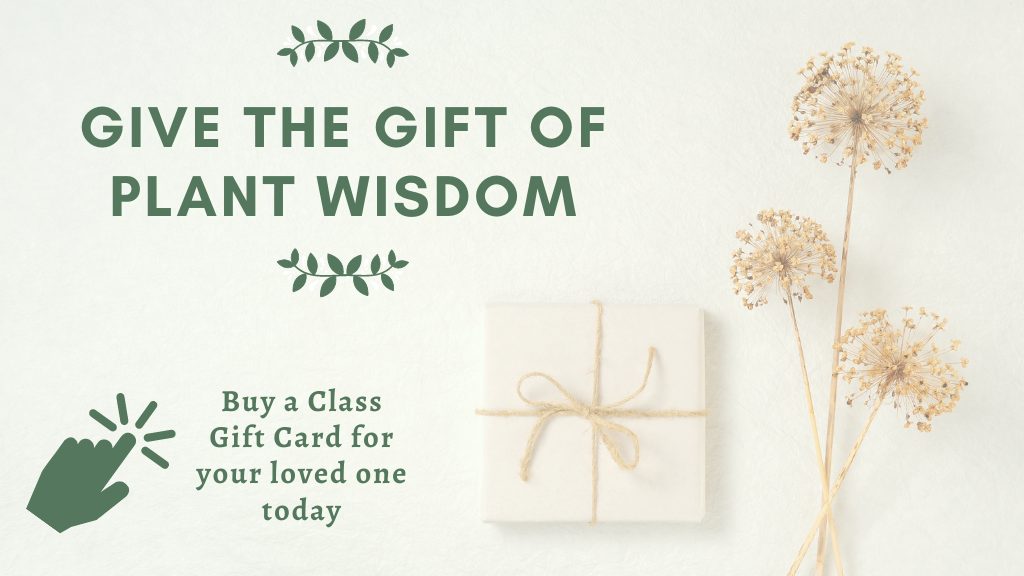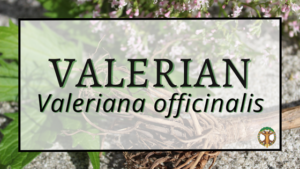Welcome to the Florida School of Holistic Living
We are a nonprofit educational organization at the intersection of teaching herbalism, holistic living and environmental consciousness. For over 20 years, we’ve guided students along their plant paths through training, classes, and workshops. In recent years, we’ve added virtual offerings to our schedule as well, making it possible to grow our community.

Growing healthier communities
begins one seed at a time.
Learn More About Our Programs
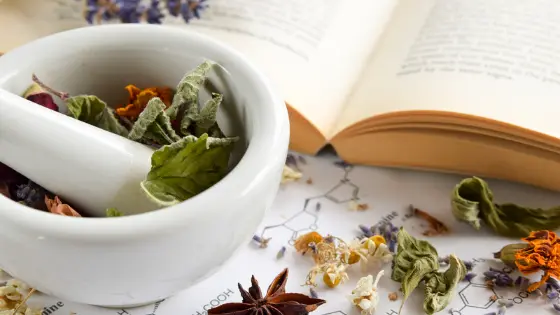
Herbalism Training
Our three-part Core Curriculum:
Roots of Herbalism
Family Herbalist Program
Community Herbalist Program
Live Classes
Herbalism Workshops
Continuing Education Units
Wild Weeds Plant Walks
In-Person and Virtual Classes
Single Classes & Class Series
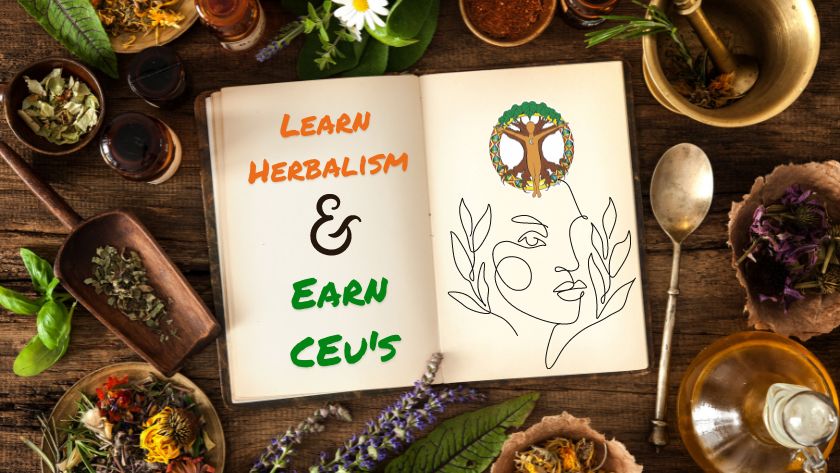
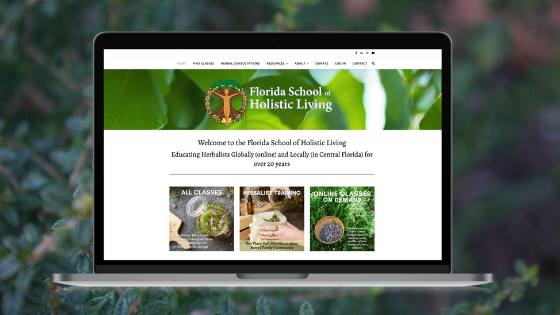
Evergreen Classes
We record our most popular live classes and offer them as on-demand virtual classes you can complete from the comfort of your own home, on your schedule!
Current Herbalist Trainings with Open Registration
Our three-part core curriculum guides you along your herbalism journey to becoming a Community Herbalist. Learn more about our Herbalist Trainings here or select the class you’re ready for below.
Want to Know More?
Learn more about our Community Herbalist Training Programs
Featured Live Classes
Outside our Herbalist Training Program, we offer classes throughout the year intended for students of all levels of experience. All classes at the Florida School of Holistic Living are designed to support your education to a better quality of life, and most offer continuing education units for licensed Massage Therapists, Nurses, Midwives, Dietitians, and Acupuncturists. Below are our upcoming live in-person and online classes.
Coming Up with The Natural Nurse®
Dr. Ellen Kamhi, PhD & RN, teaches online with us throughout the year. Known as The Natural Nurse® she has extensive background and knowledge in holistic caretaking, health, and herbal remedies. Her classes make for excellent sources of continuing education for nurses, midwives, dietitians, massage therapists, and acupuncturists. CEUs are available on most of her classes when you select the CEU add-on at checkout.
See our full list of live classes.
Choose the one that’s best for you!
Discounted Tuition & On-Demand Sales
We offer early bird discounts on tuition for all our classes when you register before a certain date. And, throughout the year, we like to share select sales on our evergreen on-demand classes. Subscribe to our newsletter and follow us on Instagram and Facebook for announcements on ways to save!
Follow Your Plant Path
Find the right classes for you!
The gifts of nature
and teachings of ancestors
bring us health and peace through
the challenges of modern life.

Dig your fingers in the soil with us,
and let’s plant seeds of healing together…
Free Video Classes available on YouTube!
Check out our monthly Plant Profiles, previous classes and class highlights, recipes, Q&A sessions, and much more on our YouTube channel!
We’ll See You In The Garden
Like us, Comment, and Subscribe for all the action.

- Common BonesetThe Eupatorium genus comprises about 45 species in the eastern US and is known to be used by many indigenous peoples, especially E. perfoliatum.
- OatsOats are both food and medicine. Most folks are familiar with eating a nourishing bowl of oatmeal for breakfast and know that oats are a heart healthy food and very soothing to the digestive tract.
- ValerianIndicated for nervous conditions like insomnia, anxiety, and muscle tension and commonly used as a sleep aid and mild pain reliever. It helps to promote normal sleep by its sedative action and is useful for those who have a hard time quieting the mind at bedtime.

